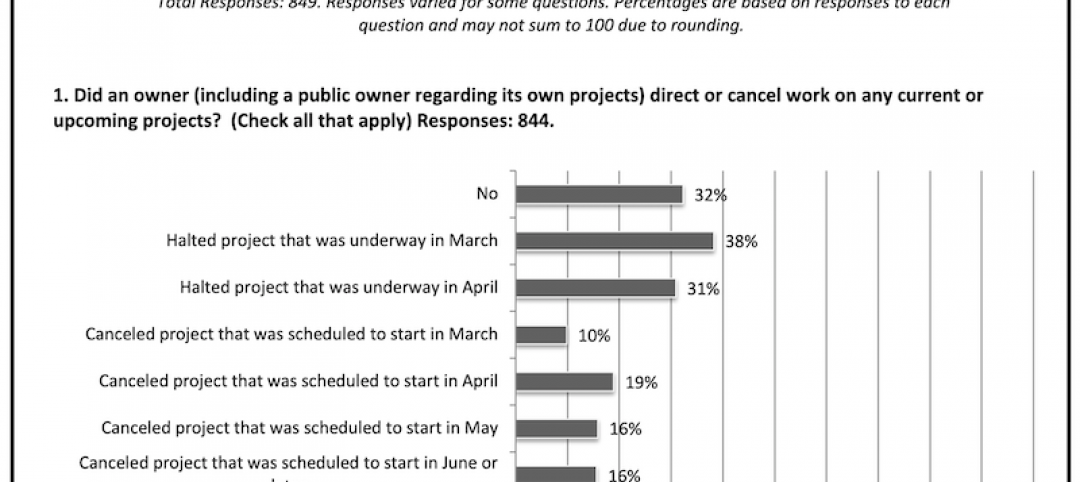Quiz time: Phoenix is the country’s sixth-largest city, with 1,445,632 residents in 2010. Which of the following is number seven, with 1,327,407 population: San Jose, Calif.; San Antonio, Texas; Indianapolis; or Dallas? Did you say San Jose? Nah (#10). Indy? No way (#12). Dallas, right? Wrong again. It’s only #9.
Yes, the seventh-largest U.S. city––second only to Houston among Texas cities––is San Antonio. The Alamo City ranked 13th in 2000 (population:1,144,646), and much of its growth can be attributed to this four-letter acronym: BRAC, short for Base Realignment and Closure.
BRAC has been one of the most clever and successful government initiatives of recent memory. It got rid of thousands of unneeded and wasteful Pentagon-owned properties, consolidated operations in key nodes (like San Antonio), improved Defense Department efficiencies, and saved taxpayers billions of dollars.
It did this by eliminating logrolling, that expensive (to taxpayers) practice whereby Congressperson #1 votes for Congressperson #2’s bridge to nowhere, in return for #2’s vote in favor of #1’s highway-to-heaven boondoggle.
To get rid of logrolling, BRAC set up an independent commission to determine (after exhaustive public hearings) which military bases would be closed and which would receive further investment. The BRAC Commission then sent its list to Congress for––and this is the truly brilliant part––an up-or-down vote on the whole list. No negotiating, no logrolling. Take it or leave it, Members of Congress.
Since the late 1980s, BRAC has enabled the closing of hundreds of redundant or underused military bases and facilities, along with substantial investment in places like San Antonio.
Now it’s time to apply the same thinking to the 12,000 excess and 50,000 underused properties owned by the civilian arm of the federal government.
The idea of divesting wasteful government properties is one of the few concepts that seems to have some degree of bipartisan support in Washington. A Republican-sponsored measure, the Civilian Property Realignment Act, has already been approved in the House, 259 to 164. “Redevelopment and consolidation of vacant and unneeded federal property is a commonsense way to eliminate waste and save taxpayer dollars,” said Rep. Jeff Denham (R-Calif.), the bill’s sponsor.
The White House has its own scheme to trim $8 billion in costs for 12,218 excess properties, a third of which (4,140) belong to the Agriculture Department. The Navy holds 2,519 such properties, while Interior has 2,109.
The General Services Administration, the civilian branch’s landlord, has already shed many of its 137 properties on the White House list, including the historic Old Post Office Pavilion on Pennsylvania Avenue, which Donald Trump plans to turn into a 250-unit luxury hotel.
There are structural differences between Denham’s plan and the White House’s, but the point is that there is a modicum of agreement inside the Beltway on the basic need for “CRAC”––Civilian Realignment and Closure. In a presidential election year, that’s pretty remarkable.
A civilian BRAC would open the door for more rational investment of taxpayer dollars in civilian construction projects. With BRAC as a model, the federal government could target key cities––El Paso, Texas, is already being discussed––for significant civilian investment. As was the case with the Defense BRAC, a federal CRAC could be a potential boon for many AEC firms. +
More from Author
Rob Cassidy | Mar 30, 2020
Your turn: Has COVID-19 spelled the death knell for open-plan offices?
COVID-19 has designers worrying if open-plan offices are safe for workers.
Rob Cassidy | Mar 25, 2020
Coronavirus pandemic's impact on U.S. construction, notably the multifamily sector - 04-30-20 update
Coronavirus pandemic's impact on U.S. construction, notably the multifamily sector - 04-30-20 update
Rob Cassidy | Nov 20, 2019
Word of the Year: "climate emergency," says the Oxford English Dictionary
The Oxford Word of the Year 2019 is climate emergency.
Rob Cassidy | Nov 8, 2019
The Peloton Wars, Part III - More alternatives for apartment building owners
ProForm Studio Bike Pro review.
Rob Cassidy | Nov 1, 2019
Do car-free downtown zones work? Oslo, yes; Chicago, no
Two recent reports (October 2019) explore whether car-free downtowns really work, based on experience in Oslo, Norway, and Chicago.
Rob Cassidy | Oct 9, 2019
Multifamily developers vs. Peloton: Round 2... Fight!
Readers and experts offer alternatives to Peloton bicycles for their apartment and condo projects.
Rob Cassidy | Sep 4, 2019
Peloton to multifamily communities: Drop dead
Peloton will no longer sell its bikes to apartment communities.















